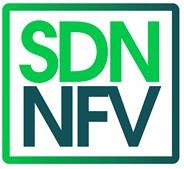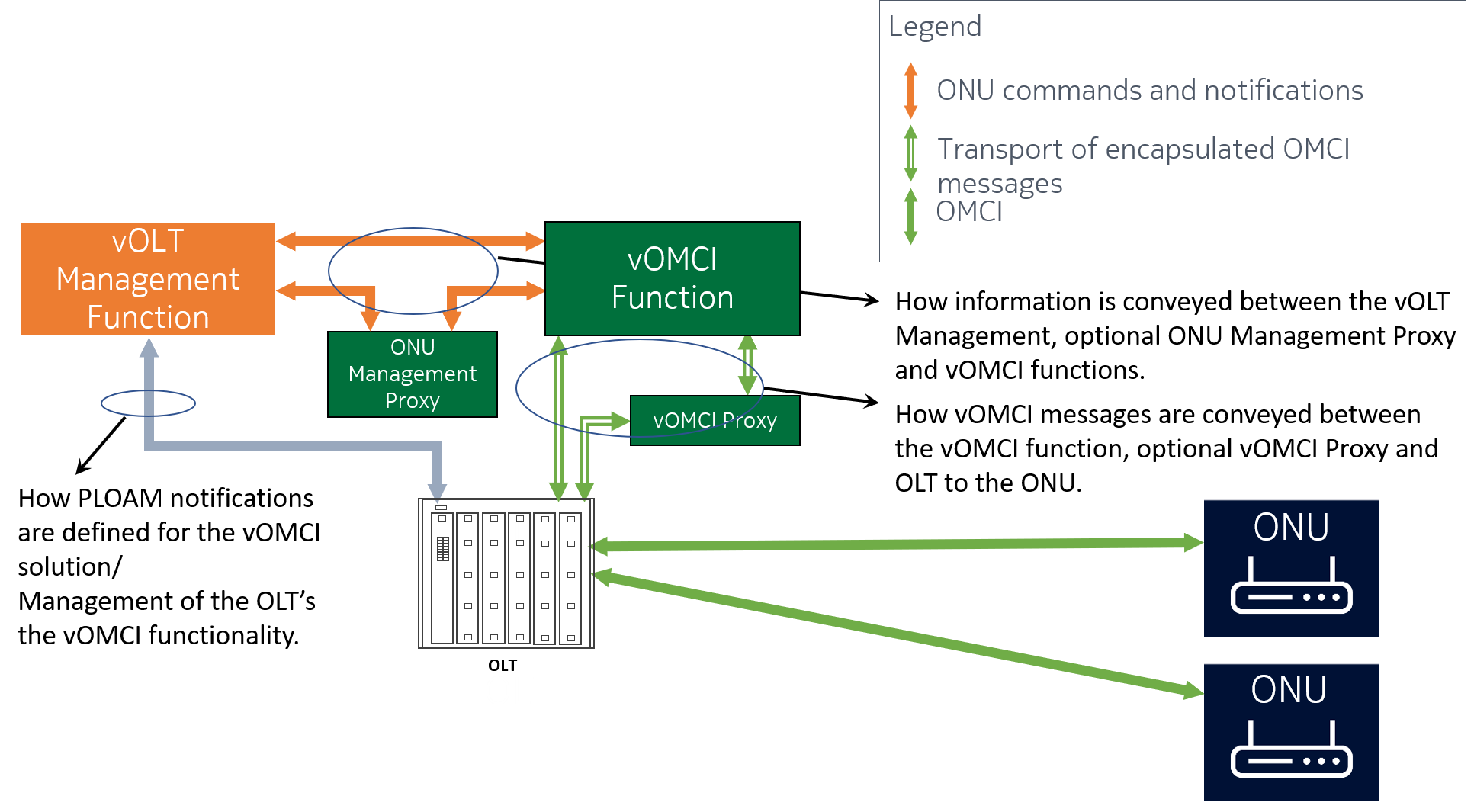Project Streams
Project Stream | Description |
|---|---|
Non-PS Assigned Leadership: George Dobrowski , Distinguished Fellow | Projects that don’t fit under the scope of an existing Project Stream or if they fit under the scope of more than one Project Stream, are developed under the Non-PS Assigned category. |
| Project Stream | Description | ||||||||||||||||||||||||||||||||||||||||||||||||||
|---|---|---|---|---|---|---|---|---|---|---|---|---|---|---|---|---|---|---|---|---|---|---|---|---|---|---|---|---|---|---|---|---|---|---|---|---|---|---|---|---|---|---|---|---|---|---|---|---|---|---|---|
Cloud in the Central Office Leadership: Yves Hertoghs , VMWare Ning Zong , Huawei Technologies | This project stream is developing a next generation Central Office (CO) System that is part of BBF Open Broadband, which incorporates Software Defined Networking and Network Function Virtualization with SDN control & management running on a cloud-like infrastructure deployed at Central Offices. By ‘cloud-like’, it is meant that the infrastructure leverages commodity network switches and commodity compute nodes with virtualization software to host various virtualized network functions (VNFs). Infrastructure operators can offer these functions to 3rd parties and 3rd party network functions can be inserted into the platform, allowing Value Added Services. The goal of this project is building on the architectural framework for such a Cloud CO (TR-384), with appropriate abstracted functional modules, and interfaces, eventual API and protocol choices and/or definitions. The architectural framework allows interconnecting these functional modules in an interoperable manner. A secondary goal is to figure out and shows how standards organizations and open source projects can collaborate. This project will also establish a reference implementation of the Cloud CO framework, creating a platform for innovation and potential open source upstreaming into other organizations, as well as a platform for industry interoperability testing (OBL) and certification of NFs and the components that implement the aforementioned functional modules.
|
| Project Stream | Description | ||||||||||||||||||||||||||||||||||||||||
|---|---|---|---|---|---|---|---|---|---|---|---|---|---|---|---|---|---|---|---|---|---|---|---|---|---|---|---|---|---|---|---|---|---|---|---|---|---|---|---|---|---|
Mission: The project stream's mission is to provide specifications and guidance for Cloud-based components used in the broadband network. The specification and guidance provided by this project stream help ensure that Cloud-based Components are multi-vendor and inter-operable. Critical elements of the work provided by this project stream is the support the transition from existing architectures toward Cloud-based architecture and alignment, when applicable, with various Cloud-based architectural frameworks such as Cloud CO. Business Impact: The work of this project stream creates the necessary architectural and interface specifications and associated guidance that enables a multi-vendor, inter-operable set of Cloud-based components that reduces the cost of development and deployment of Cloud-based components through standardized architectures, protocols, APIs and information elements. Projects: Specifically the project stream covers the following projects and their associated work products:
Description: Enhance access and home networks with Cloud-based automation and intelligence, to achieve higher O&M efficiency and lower OPEX.
Description: Considers the Edge Computing impacts on multi-service broadband network, reference architecture, interfaces and to identify metro computing networking requirement,
Description: Provides the architecture, requirements and interface specifications for a virtualized OMCI (vOMCI) solution that moves the OMCI functionality that is traditionally embedded within Optical Line Termination (OLT) network elements into the operator's Cloud-based network. The project supports various deployment models of the vOMCI solution where functions (i.e., OMCI translation function, OLT & ONU management functions) of the architecture can be deployed as a virtualized network functions and are expected to be used within Access domain SDN management and control solutions (e.g., Broadband Forum’s CloudCO) or as a stand-alone process that can be deployed with existing management system solutions.
Fixed Access Network Sharing (FANS): Description: FTTx represents today a high-cost technology (in terms of Return on Investments) to enhance data rates to the end customers, but it requires a huge effort, in terms of CAPEX and OPEX for access network deployment. Due to this, some operators have recognized the need to partner in order to improve the return on investment of FTTx deployment. Sharing the access network infrastructure is a viable way to expand the network and achieve an effective roll-out of new technologies. FANS delivers one network sharing model with high flexibility for forward looking broadband network deployments and operations, facilitating the business innovation, enhancing the network efficiency and improving customer experience. FANS also addresses the virtualization of that shared infrastructure such that each operator could have their own virtual access node.
|

